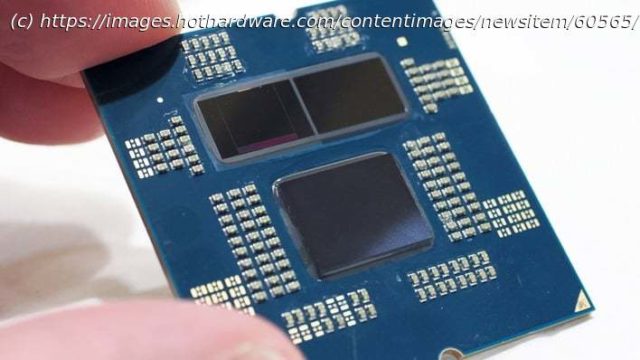Enthusiasts eager for a 3D V-Cache strapped Zen 4 Ryzen CPUs have finally gotten their wish.
A Trio Of Ryzen 7000X3D Processors Arrives For Enthusiasts And Gamers
Just like with the Ryzen 7 5800X3D, the single-CCD Ryzen 7 7700X gets a 64MB 3D V-Cache die stapled to its top, giving the newly-minted Ryzen 7 7800X3D a total of 96MB of L3 cache, or « 104MB L2+L3 » as AMD counts it.
Notably, where the last-gen part took a 200 MHz cut to its boost clock when taking on the 3D V-cache mantle, the 7800X3D actually loses 400 MHz off of the max boost speed of the Ryzen 7 7700X. (Note also that the model number has increased by 100, from 7700 to 7800). Regardless, this chip still boosts to 5 GHz. Surprisingly, the TDP also goes up this time, from 105W to 120W.
AMD says that the Ryzen 7 7800X3D is « The New Ultimate Gaming Processor. » These are comparisons not against the 7700X but against the 5800X3D, and while the baseline here looks like 20% or thereabouts, AMD says the actual generational uplift is closer to 15% on average.
Of course, we’re itching to get our hands on one and put its through its paces to see the impact for ourselves. The 5800X3D typically gains more in minimum framerates than average over the standard model, and that’s likely to be the case here as well.
AMD didn’t specifically talk about the twelve-core Ryzen 9 7900X3D, but it’s listed on the page below that summarizes the new chips. Like the 7950X3D, it retains its 5.6 GHz maximum boost clock but also only gets 3D V-Cache on a single CCD. We asked AMD about this, and we were told that it was a design choice to allow apps which benefit from big caches to get the maximum utility of the 3D V-Cache die, while apps that don’t benefit can run on the other die, which will clock higher.






